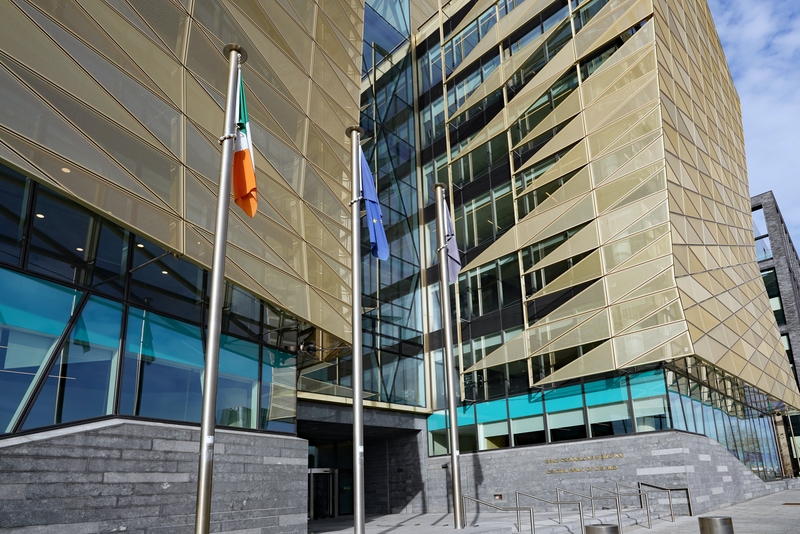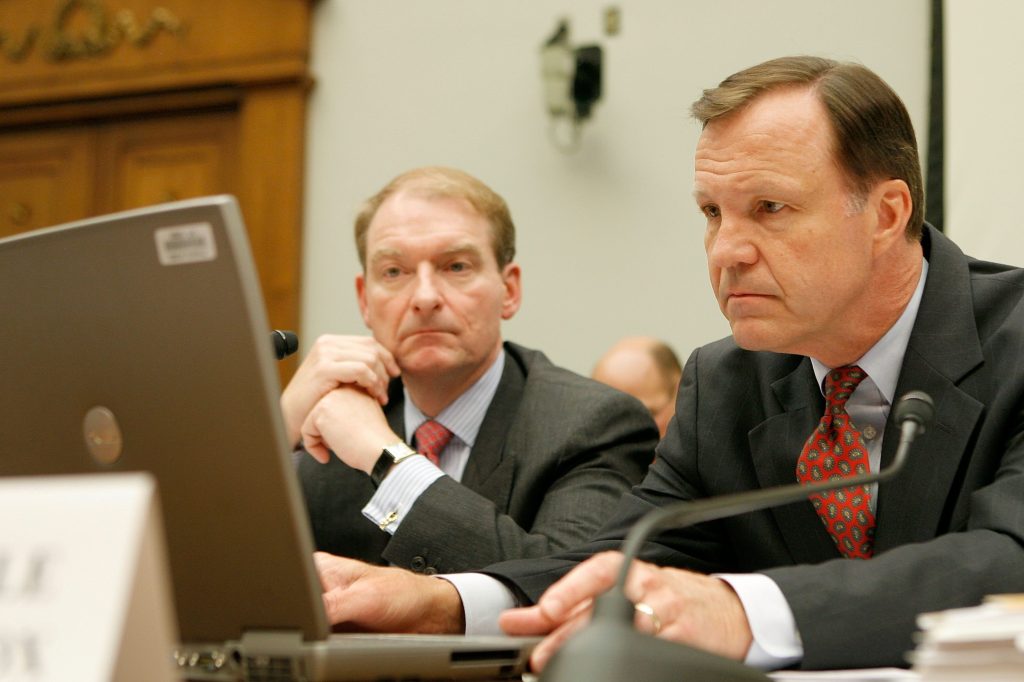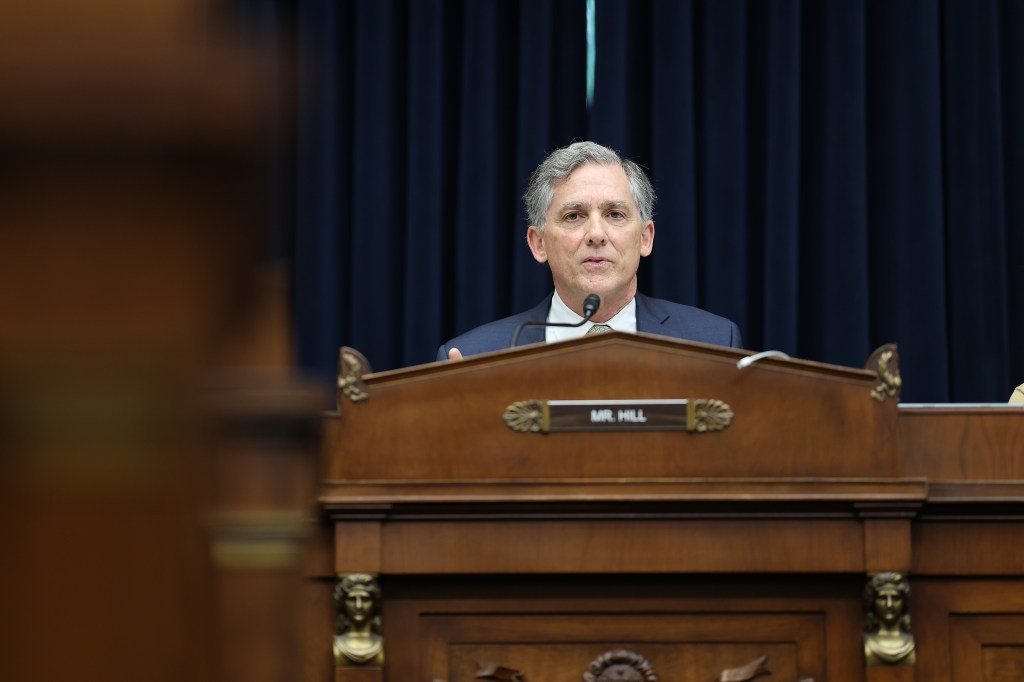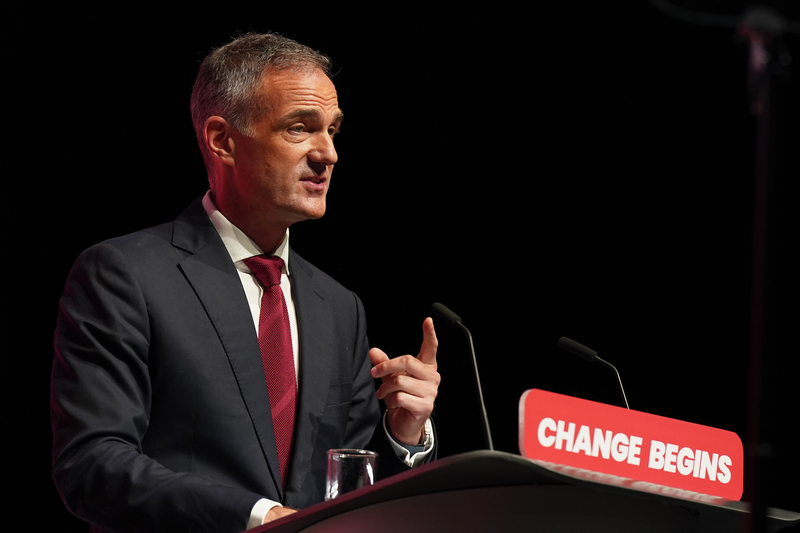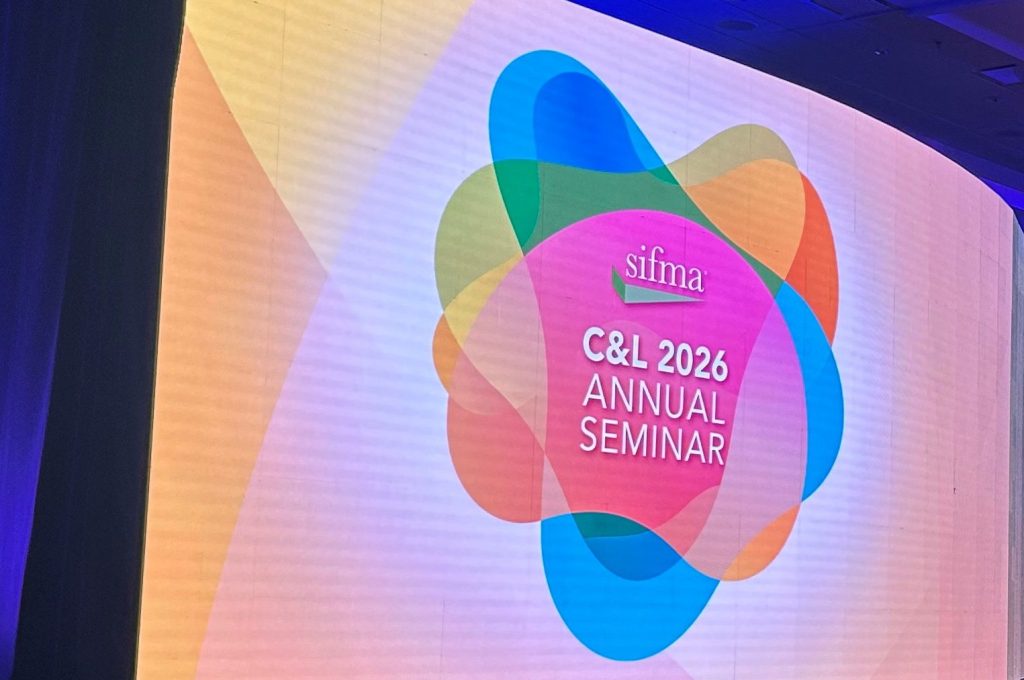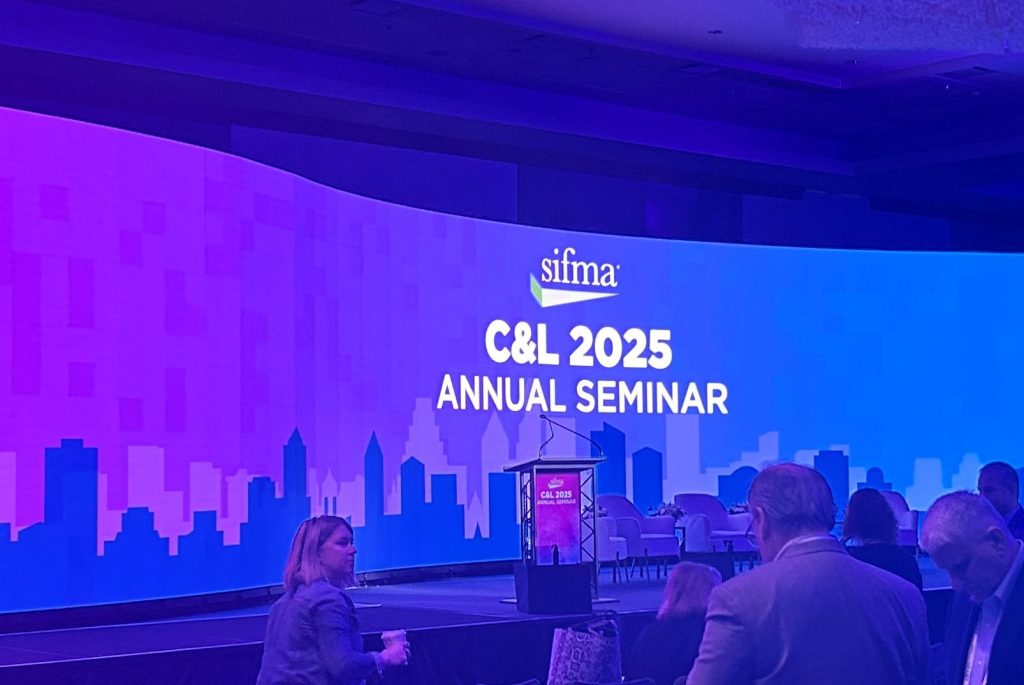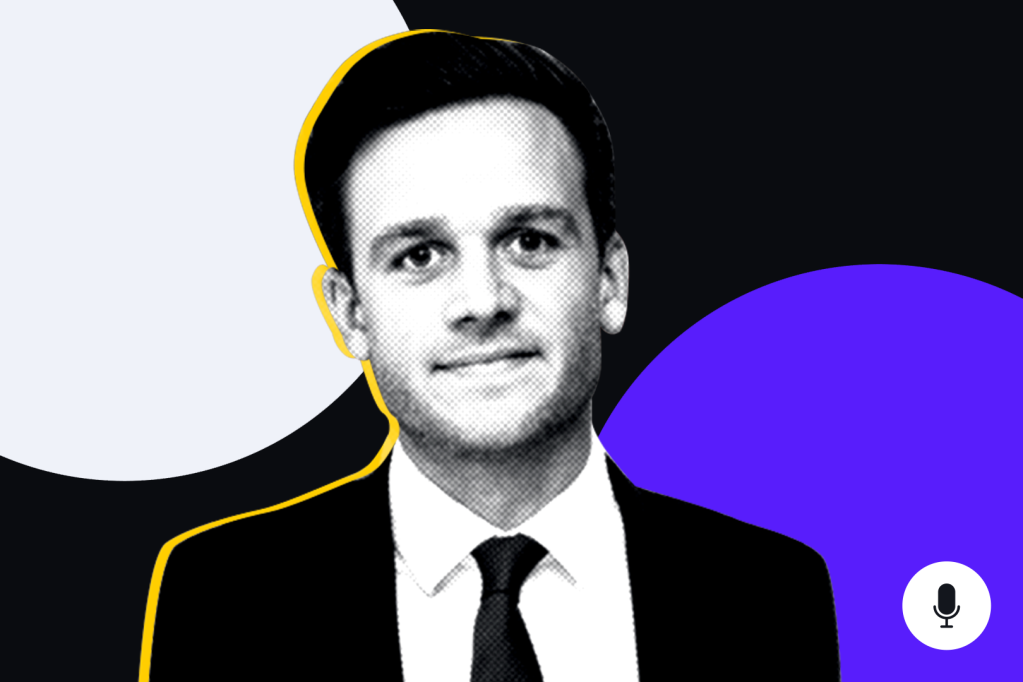We spoke to Robert Mazur, a former undercover agent, New York Times bestselling author and global elite speaker offering consulting and expert witness services in the fields of money laundering, anti-money-laundering compliance, drug trafficking, corruption, and enhancing executive skills.

He is internationally recognized as one of the world’s leading experts on the financial escapades of the underworld. Mazur routinely delivers keynote and masterclass presentations to financial institutions, professional associations, law firms, law enforcement agencies, regulators, financial service providers, cybersecurity professionals, and those involved in the development of artificial intelligence.
What motivated you to become a DEA agent?
DEA was the third agency at which I was a Special Agent. I began my law enforcement career with what is now known as IRS – Criminal Investigation. I was there for 11 years, and most importantly I got the excellent forensic accounting training that IRS provides to its criminal investigators. But, as I worked within IRS on complex money-laundering cases, I saw that the bureaucracy was an obstacle to effective law enforcement.
There were innumerable levels of review for some of the most routine tasks, such as the review of affidavits for search warrants. Those reviews were so laborious that the probable cause to believe evidence is at a specific location, which always needs to be confirmed as fresh, became stale before the approval process was completed.
“I was nearly killed during my last undercover assignment as a result of a corrupt officer within DEA.”
That motivated me to move on to what was the US Customs Office of Enforcement, which is now Homeland Security Investigations (HSI). I found working at Customs was rewarding and streamlined. It was with that agency that I did the work that led to the book and related movie entitled The Infiltrator. But, as I worked within Customs, I came to the conclusion that drug trafficking and money laundering is so closely intertwined that one agency should lead in the prosecution of both of those matters, and DEA was addressing its mission in that regard.
For that reason, when DEA recruited me to do another long-term undercover operation posing as a money launderer, I thought that agency was the best place for me and my experience. With support from DEA, I went on to do the work that is detailed in my second book, The Betrayal, and which will soon become the basis for a movie by the same name that, like The Infiltrator, will star Bryan Cranston.
What challenges did you face under cover?
I’d say that one of the biggest challenges facing government undercover operations is a failure by the agencies and their officers to continually recognize that the bad guys have more resources and are extraordinarily smart. We sometime underestimate our adversaries, which is a flaw that has undermined many opportunities to infiltrate major criminal organizations.
How did you became an author and film producer?
After I retired from law enforcement, my immediate goal was to build a global investigative and consulting firm that could offer very unique investigative, consulting, and enhanced due diligence services to international banks and corporations. As I realized that goal and enabled that agency to provide services in virtually every corner of the world, It became obvious to me that few people in the legal world had an appreciation for the corrupting power of organized crime.
It occurred to me that what the teams I worked with in law enforcement witnessed was relatively unknown. I recognized that what we did and how we did it was something that, if shared publicly, could enhance the work of those involved in both the public and private sector combatting money laundering and other crimes. With that thought in mind, I began the journey of writing my first book, The Infiltrator.
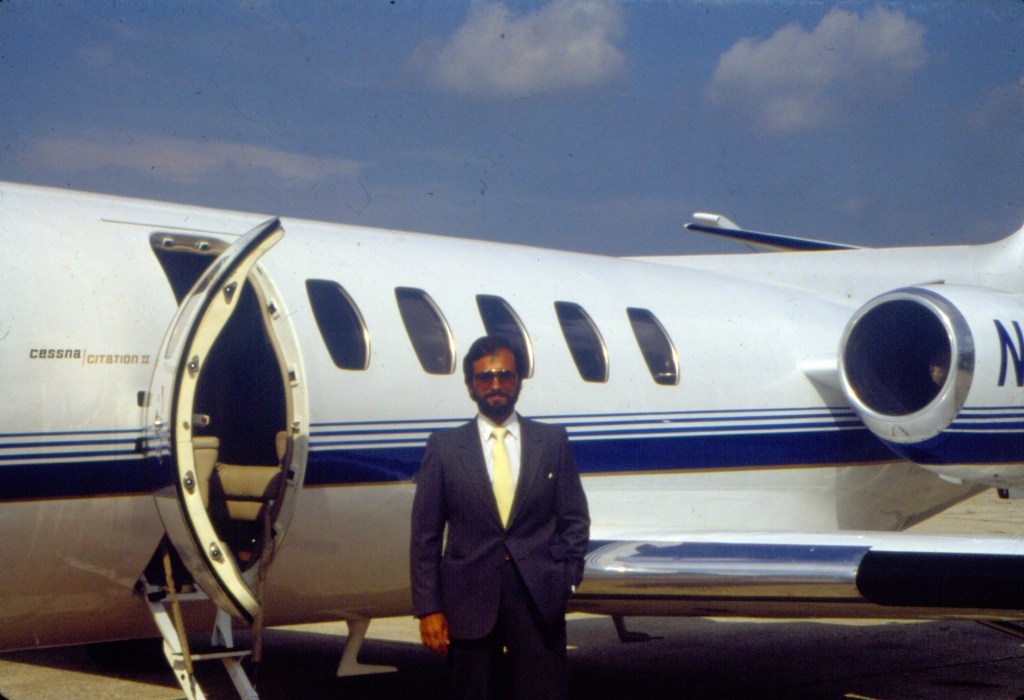
The process of writing a book and getting it published by a major publisher requires one to align with a book agent. I found what I believe is the best of those agents at Sterling Lord Literistic, an agency that has served writers for nearly 100 years. With the help of my agent, we not only sold the publishing rights to my first book, but with the help of a law firm in LA that specializes in representing those in the film industry, we negotiated and sold the film rights too.
My film rights attorney is brilliant. She not only negotiated the sale of my film rights in The Infiltrator story, but she also negotiated my active involvement in the film production as an Executive Producer.
When I wrote The Betrayal, we followed the same path of selling the book rights and film rights. I would be remiss if I didn’t mention that, thanks to the tremendous talent and motivation of actor Bryan Cranston, much of this would never have happened. He put his great talents to work portraying me in The Infiltrator.
When I began the journey of writing The Betrayal, I shared my early work on that project with Bryan. He felt it was worthy of becoming a sequel to The Infiltrator film, and with his support and tremendous talent, along with other very talented individuals, we are on that journey. Amazon Studios bought the film rights and is supporting our development of the screenplay. My film rights attorney negotiated the sale of the film rights of The Betrayal, and in this second project, also negotiated my role in the process as one of the producers of the film. I’m blessed to be surrounded by amazingly talented people that are involved in this process. My hope is that we will move into production of The Betrayal film sometime during 2024.
What is your role as a consultant?
Having been actively involved in investigating and prosecuting money launderers during roughly 20 years of my law enforcement career and another 16 years in the private sector, I’ve seen money laundering from nearly every possible angle. When clients are faced with an unusual challenge that requires enhanced AML expertise, I have been engaged to provide the client’s compliance and legal personnel with an expert opinion about various AML or terrorist financing risk related matters.
At times, I might be engaged to render a written opinion about the degree to which a client or potential client’s business activity and associations may give rise to money-laundering risk. The same type of written opinion might be solicited from me concerning prior transactions carried out by a defendant institution, and whether the nature of a pattern of transactions rose to a level that the institution knew, or should have known, that the transactions facilitated terrorist financing.
What are the main challenges for financial services firms to combat money laundering?
I believe any financial institution that doesn’t foster a corporate culture that clearly encourages sales personnel to become a part of, and embrace, compliance protocol will be challenged to combat money laundering. In order to foster that closer relationship, management needs to create incentives for those in sales to more closely monitor and share red-flags concerning client accounts. If sales personnel are only rewarded through a base salary supplemented by a commission based on deposits received from customers, sales personnel have very little motivation to become a part of red-flag monitoring. If a large account is closed, the account relationship manager loses a considerable amount of income.
“Management could easily create a financial incentive for sales personnel that rewards their extraordinary role in minimizing money laundering risk.”
On the other hand, if management creates a method of rewarding sales personnel who put corporate reputation before individual financial reward, sales will naturally become motivated to work more closely with compliance. Management could easily create a financial incentive for sales personnel that rewards their extraordinary role in minimizing money laundering risk.
It is important that account relationship managers be provided more compliance related training, so they, like their compliance colleagues, have a better understanding of typical red flags related to illicit transactions.
It is incumbent upon management to establish and maintain a reliable and efficient means for all employees to submit anonymous whistleblower alerts about accountholders and possible systems failures. The anonymity offered to whistleblowers is critical to the success of this resource.
Can you provide some examples of money-laundering techniques?
I often say that there are as many different money-laundering techniques as there are different forms of snowflakes – they are countless. Money-laundering risk varies based upon geographic location, the type of business conducting transactions, the pattern of transactions carried out by the business, and the product moved by the business. The ideal business model for a company to be exploited to launder is a company that:
- is involved in cross border transactions;
- sells products or services that are difficult to measure;
- is involved in large volume value movements (including cash);
- among other things, offers a value transfer system;
- is unregulated.
Giving thought to the bullet points above, I wonder how many AML professionals recognize that one of the businesses that best fits these criteria are Tier 2 telecom companies, especially those operating in Africa and the Middle East.
Tier 2 telecom products, such as the sale of wholesale traffic they acquire from Tier 1 telecoms, sale of cloud storage services, sale of bandwidth, and sale of prepaid cards, are all virtually impossible to measure. They are also involved in value transfer systems, selling the movement of funds via electronic wallets.
In Africa and the Middle East, a lot of these services are sold to phone owners for cash and checks acquired from money service businesses with cash. I personally know of a relatively small Tier 2 telecom in an African nation that likely moved roughly $5m a month in illicit funds for a major terrorist organization. There are tens of billions moved each year through telecoms that offer these types of services.
How can businesses protect themselves?
Managing money-laundering risk varies, based on the type of business carried out by that company. But there are fundamental approaches to managing money-laundering risk common to all companies. First, every company needs written AML policies and procedures. This is critical to protect the company and employees involved in the AML process. Fundamentally, the written policies and procedures:
- identify the threat;
- identify applicable law / regulations;
- affirm senior management commitment;
- outline compliance program (reporting procedure, recordkeeping procedure, training, monitoring, testing, etc.);
- designate compliance officer/committee;
- outline a disciplinary policy for violations;
- establish incentive to comply;
- provide for anonymous submissions.
Policies and procedures offer a fundamental road map for employees, but also clearly confirm that actions outside of those policies and procedures would not be acts consistent with the intent of the company. Absent written policies and procedures, one could successfully argue that bad acts by an employee are acts consistent with company policy and can be imputed upon the company. This would set the stage for the company itself being punished through massive fines, or worse.
Those responsible for administering AML policies and procedures MUST be very experienced AML professionals that can refine the methods of carrying out the policies and procedures. Software designed to provide AI to ensure efficient KYC and onboarding is a must, as well as a truly efficient software system that meaningfully analyzes transactions and produces alerts concerning suspicious transactions.
“Maximum information sharing, within the law, is critical to enabling the company to accurately assess risk in high-risk relationships.”
As important as KYC and transaction analysis software is, “you can’t blame the black box”, meaning you must have staff of sufficient experience and size to meaningfully review the artificial intelligence produced by systems. For those customer relationships that are clearly high-risk, a system/method of enhanced due diligence needs to be employed. The application of AML resources should be risk based, meaning not all customers can be evaluated with the same amount of AML resources.
Because sophisticated money launderers often employ their systems through multiple businesses and multiple institutions, it is critical that the senior AML personnel strive to develop as open a relationship as legally possible with key AML personnel in other institutions and with the public sector. Maximum information sharing, within the law, is critical to enabling the company to accurately assess risk in high-risk relationships.
Looking into the future– what worries you?
What troubles me now, and has troubled me for the past 15 years, are two primary issues. First, law enforcement has failed to recognize the importance of establishing a centralized, multiagency law enforcement taskforce that is dedicated to identifying major money launderers and prosecuting them. The greatest majority of money laundering of illicit funds, including terrorist financing, occurs through massive money laundering operators, such as Altaf Khanani, Ayman Joumaa, and the major gold refineries in key geographic locations (especially Dubai). The first article I wrote about this issue was published by the New York Times in 2010, 13 years ago. Subsequently, in 2019, I wrote a white paper on this topic.
Unless and until law enforcement approaches the prosecution of money launderers with a model similar to what I have repeatedly recommended, they will chase small-time money launderers and miss the major players. The data doesn’t lie. The UNODC estimates that there is roughly $2 trillion a year seeking money-laundering services, law enforcement identifies and regretfully seizes no more than a drop from that bucket of criminal proceeds.
A second major issue that troubles me is that law enforcement fails to prioritize prosecuting individuals to establish “individual responsibility”. They consistently opt to fine banks, but rarely criminally charge bad actors within institutions. I’ve written numerous published articles on this topic, the most recent of which related to the Danske Bank affair involving their laundering of terrorist funds and dirty money from other illicit sources.
“Law enforcement fails to prioritize prosecuting individuals to establish “individual responsibility”. They consistently opt to fine banks, but rarely criminally charge bad actors within institutions.”
I’ve proposed the establishment of a regulation that would significantly reduce the likelihood of money laundering within an institution, and would also offer law enforcement significant details about the intent of account relationship managers whose accounts are used to launder significant amounts of illicit funds. Although law enforcement officials with whom I’ve shared my whitepaper on this issue feel its enactment would significantly aide their efforts to prosecute launderers, they and I share the view that there is likely no will within the banking industry to support this proposal.
What has been the proudest moment of your career?
I was nearly killed during my last undercover assignment as a result of a corrupt officer within DEA. My proudest moment and most important prosecution to which I contributed was identifying and prosecuting that corrupt officer. He ultimately pled guilty and spent 11 years behind bars. Had we not identified and prosecuted him, undoubtedly other officers would have lost their lives.
What advice would you give to your younger self?
Don’t be so obsessed with your mission that you fail to recognize the most important things in life – family.
Tell us an amusing anecdote about your work
For those that know The Infiltrator story, they know that we lured drug traffickers, money launderers and corrupt bankers to a country club in Florida where we staged a fake wedding. We convinced the “bad guys” that there would be a bachelor party the night before the wedding. They all got in limousines and were separately transported to a high-rise office building in downtown Tampa. They were taken to different floors, where arrest teams took them into custody.
One of the “bad guys” was arrested by a team that included two female officers. As they put handcuffs on him, he loudly laughed. They asked him why he was laughing, and he said that he had been to a bachelor party like this before, where the female dancers dressed up as cops and handcuffed men. It took that arrest team a little while to convince him that this wasn’t a joke. He was truly under arrest.
What are your hobbies and interests?
My greatest personal interest is to share time with family, especially by taking holidays together in unique places. Sport fishing is a very distant second interest.
Can you recommend a good book?
Unfortunately, I’m not the best source to make a book recommendation. Given the immense amount of time I devote to reading lengthy court pleadings and conducting other research about money laundering, drug trafficking, and corruption cases, reading books hasn’t been high on my list of priorities.

